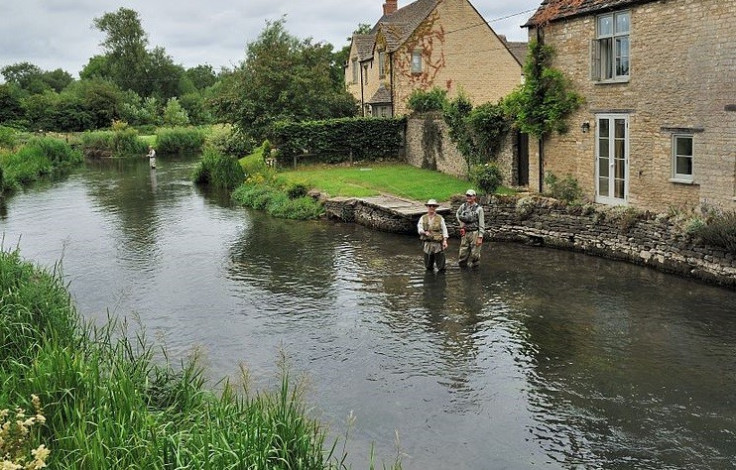The First Black Briton? 1,000 Year Old Skeleton of African Woman Discovered by Schoolboys in Gloucestershire River

The discovery of an African skeleton predating William the Conquerer in a sleepy Gloucestershire town has unlocked a major mystery.
Forensic results on human remains dug up by schoolboys Robbie Cribley and Christian Thompson in Fairford have dated them to between 896 and 1025 AD - the time of the dark ages in Europe.
They belong to a woman and - in a major twist, she came from sub-Saharan Africa. These dramatic findings, made during police forensic tests, pose several questions for investigators and historians.
The woman was so out of time and place that the discovery defies easy explantion. At the time of her death, people in England who were not of European descent were vanishingly rare. The earliest records of Africans in the country date from the 12th century - nearly 200 years later.
Yet this black woman came to be in feudal England years before the Norman conquest. How strange it must have been to her to be in that place, which was carved up among power-hungry barons, priests and peasants and divided by civil strife.
So where did this woman fit in?
Was she an exotic merchant, or a slave used as a living exhibit to amaze audiences who knew nothing of the world beyond their fiefdom or village? Was she killed by a local baron or somebody else, or did she die a natural death?
Richard Martin is a local historian who owns a wool-weaving business in the corner of the Cotswolds near where the remains were found. Her appearance is a mystery because there was so little in Dark Age Fairford to tempt a visitor from so far away, he told IBTimes UK.
"This area would have been hard to travel in and there were no big centres of population after the Romans left. There were Roman roads which were still being used back then, but Fairford is above the navigable River Thames and I do not know of anything in the town which would have been of interest."
However, Fairford was on the route between the Roman town of Cirencester and the major centres of London and Oxford - popular with merchants and travellers. It could be this woman was a member of one of these groups, or that she belonged to someone who was.
Martin said: "Slavery was quite common back then, along with bonded servitude. It will be interesting to know which barons were living in the area at the time who might have employed her or owned her.
"If she was a sub-Sahara African then she was almost certainly a bonded servant, as it's highly unlikely she came here only to travel."
Piecing together the circumstances of her presence rests on how the woman came to be in the river, he predicted.
"At the time people believed that bodies needed to be treated reverently to achieve an afterlife," said Martin. "If her remains were thrown into the water, it's unlikely she had any status."
The Fairford Historical Society is looking forward to finding out more about the unexpected addition to the town's heritage. Secretary Alison Hobson told IBTimes UK: "It's a whole new dimension for this area, it's quite incredible really."
© Copyright IBTimes 2025. All rights reserved.






















